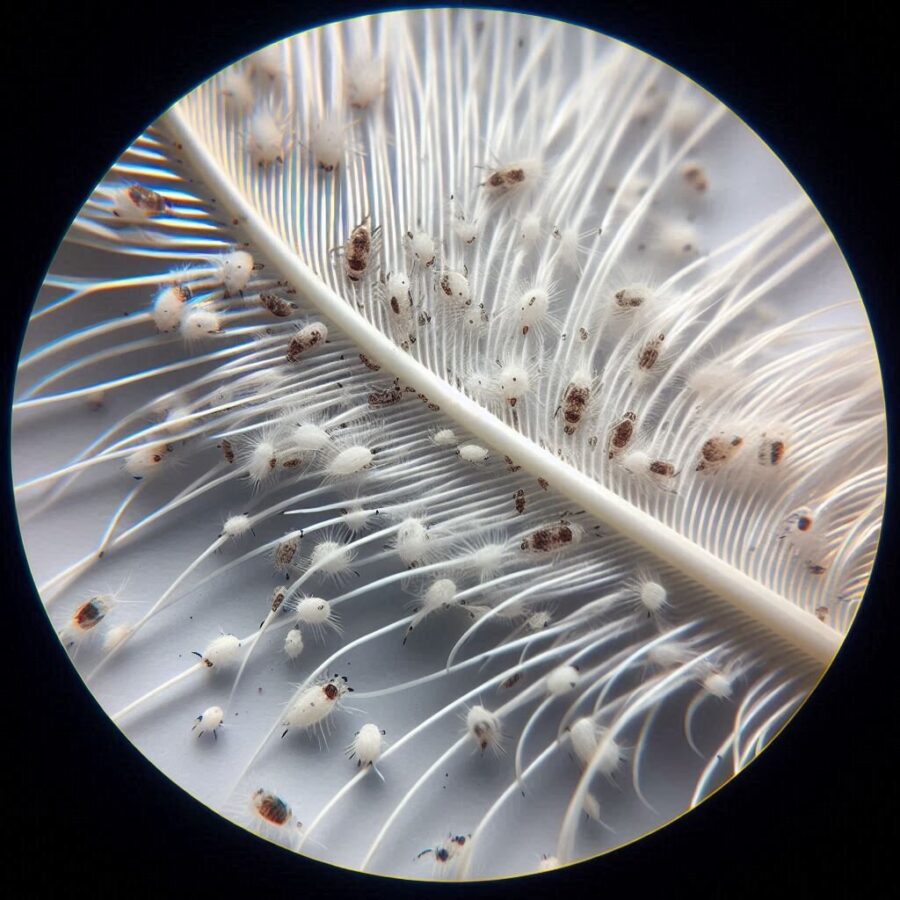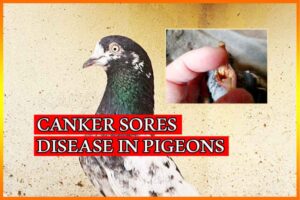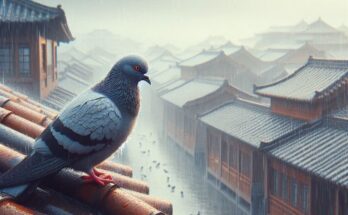Pigeon mites are a common pest, yet with early detection and careful treatment they can be quickly eliminated from the environment. As soon as mites are noticed, swift action should be taken by addressing the environment where the infestation was detected and by treating any affected birds. This will reduce the prevalence of the mite population and allow birds to live comfortable and healthy lives.
Treatment of Mites
The first step to treating pigeon mites is to identify the type of mite that is present in the pigeon population. By visual examination we can find this. Different mites vary in size, shape, and color. Once the mite type is known, the most effective treatment can be applied.
The two most common methods of treating pigeon mites are topically applied medications and insecticidal dusts. Topically applied medications are typically available in liquid, ointment and spray form, and are most effective when applied to the skin and feathers of the bird. Insecticidal dusts, on the other hand, are best used to treat mite infestations that cannot be reached with topically applied medications. Dusts can also be used to treat large pigeon mite populations at one time.
When using insecticidal dusts, it is important to ensure that the dust penetrates thoroughly into the feathers and skin. Adequate coverage is essential for successful treatment. Additionally, dusting should only be done in hot and dry weather, as the powder may be ineffective in wet conditions.

When treating pigeon mites, other parasites, such as lice and roundworms, should also be taken into account as these can contribute to the itchy irritation that mites cause. External parasites, including lice and ticks, should be treated before the pigeon mite, as treatment of the pigeon mite may not be effective if other infestations are present.
Difference between Lice and Mites
Lice are small, insect-like parasites normally referred to as the long skinny little creatures. They are present in the feathers of Pigeons. They can easily seen with the naked eye in the sunlight.
Mites, on the other hand, are eight-leg arachnids that feed on debris, fungi, and organic matter. Bird mites are tiny insects measure less than 1mm in size and are naturally present in pigeons nest boxes. They are generally link with moist or humid conditions and are most active during spring and early summer. Bird mites feed on the blood of pigeons and they can increase their number rapidly.
Can We Treat Lice on Pigeons ?
Yes, lice can be treated on pigeons. The most effective treatment is with a safe, lice-killing spray or other insecticide. Additionally, there are a number of natural remedies that helps to repel lice. Garlic juice, mint oil, and eucalyptus oil. It is important to follow the instructions on the product to ensure the treatment is effective.

Prevention from Lice in Pigeons
The best way to prevent lice in pigeons is through good hygiene and regular cleaning of the bird’s housing area. This includes removing all fecal material and soaked straw on a regular basis. Also ensuring the area remains dry, clean and free of debris.
Always check your pigeons regularly for lice or other parasites. Check the bird’s feathers for lice during grooming activities in a regular routine. The presence of lice may cause irritation and scratching which can lead to the bird becoming more prone to secondary infections. With proper hygiene and regular preventive checks, the risk of lice infestations in pigeons can be minimize.
- Best Quality Pigeons Sign to Notice
- Best Racing Pigeon Eyes Hidden Secret Revealed
- Canker Sore Treatment in Pigeons
- Coccidiosis In Pigeons – How To Treat Cocci Disease
- Diarrhea in Pigeons Big Problem for Fanciers
- Digestion Issues in Pigeons Not To Worry Now
- Eye of Pigeon – The Secret Fanciers Don’t Know
- How to Check Pigeon Health in 5 Minutes ?










